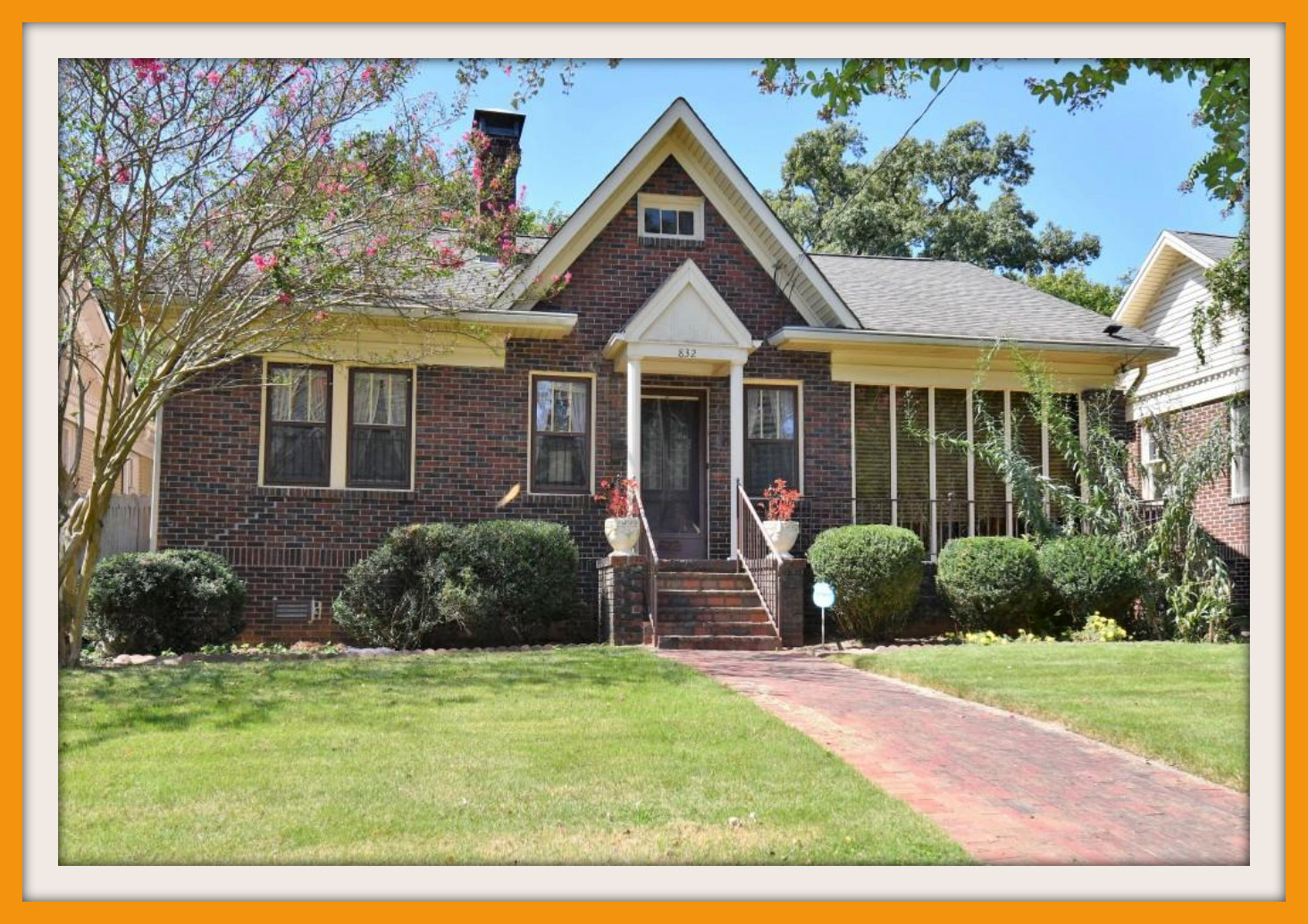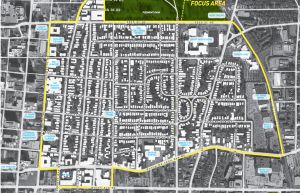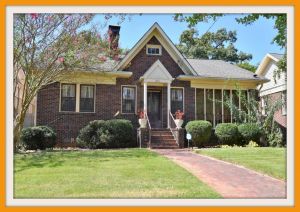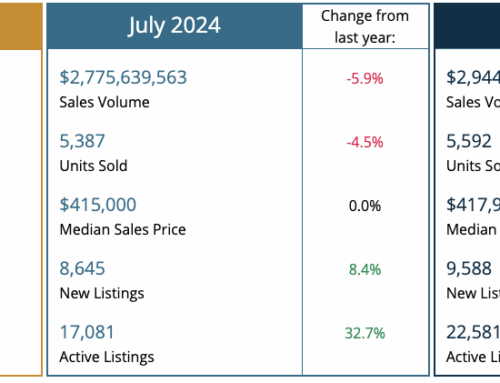
MIDTOWN GARDEN DISTRICT MASTER PLAN ADOPTED
 As you may know from visiting this website, we primarily focus on the condo living options of Midtown Atlanta. Alas, but there IS another option in Midtown…and that is the Historic or Garden District!
As you may know from visiting this website, we primarily focus on the condo living options of Midtown Atlanta. Alas, but there IS another option in Midtown…and that is the Historic or Garden District!
MIDTOWN GARDEN DISTRICT MASTER PLAN ADOPTED
Tucked in the trees, and away from the hustle of Peachtree Street is the Midtown Garden District. Here, tree-lined streets lead to historic homes built in the 1920’s to the 40’s. There are the occasional small apartment complexes and even some condo conversions tucked in…but it’s mostly these stately homes.
The Midtown Neighbors’ Association has long been the residents voice for ALL of Midtown Atlanta. Not just Peachtree Street. And not just the Garden District. It has listened to, and addressed many concerns from the neighbors, who’s challenges can vary based on where they live. Peachtree Street residents have dealt with rowdy clubs, and the Garden District has dealt with safety (the need for more street lights) as well as preserving the unique character of the area.
Enter the Midtown Garden District Master Plan.
 On Monday, November 6, 2017, the Atlanta City Council adopted legislation to include the Midtown Garden District Master Plan into the Comprehensive Development Plan for the City of Atlanta. It sets forth the development vision, policies and an implementation plan for the City and its neighborhoods for the next 20 years.
On Monday, November 6, 2017, the Atlanta City Council adopted legislation to include the Midtown Garden District Master Plan into the Comprehensive Development Plan for the City of Atlanta. It sets forth the development vision, policies and an implementation plan for the City and its neighborhoods for the next 20 years.
The Midtown Garden District is bounded by 10th Street, Ponce de Leon Avenue, Piedmont Avenue and Lakeview Avenue. The district is characterized by early twentieth-century historic homes, mid-century apartment buildings, a compact street grid, rolling topography and extensive mature tree canopy. In 1999, it was added to the National Register of Historic Places.
The Midtown Garden District continues (and will continue to) see increased development pressures, traffic impacts and aging infrastructure issues. By creating a master plan, it will help ensure that future neighborhood growth meets the vision of today’s neighbors. The process was about building consensus around what the neighborhood wants to see in the future. Neighborhood residents came together to collaborate in dozens of public workshops and focus group meetings and participated in a two-month online survey. The Strategic Planning Committee and Planners also held countless smaller more intimate conversations with residents to hear their concerns.
You can read more about the Midtown Garden District Master Plan at the neighborhood website.













